The Covid Diaries 60: Alison Jacques Gallery, The Gee’s Bend Quiltmakers (LAST CHANCE TO SEE)
A review of an exhibition of quilts at the Alison Jacques Gallery, from Gee’s Bend, Alabama. In which I am exposed to a new artistic community, and have a lot to think about in terms of the intersection of ‘art’ and ‘craft’.
Commercial Galleries Are Open!
And as you can probably guess, I started on bookings as soon as I was able to make them. I was particularly excited to be able to see The Gee’s Bend Quiltmakers at Alison Jacques Gallery. I had planned to see this in December or January until certain events intervened, so was very happy to see it reopen for a short time.
Late last year I saw an exhibition of works by Sister Gertrude Morgan at the Gallery of Everything. I said at the time that commercial galleries aren’t normally my thing. I think this is partly through habit; partly also because my interests tend more towards the historic, whereas a lot of commercial galleries are more contemporary. And there’s probably a connection to my museological studies, and thinking that museums and public galleries are what I ‘should’ be seeing. The current moment, when commercial galleries can open as ‘non-essential retail’ but museums etc. remain closed, is a good time to challenge myself on this. Over the coming weeks you will see me at a lot of commercial spaces, encountering new artists and enjoying seeing art in person again.
Let’s make a start, then, with the Gee’s Bend Quiltmakers.
What Is So Special About The Gee’s Bend Quiltmakers?
The main reason I was so excited about this exhibition was to learn more about the quiltmakers and background to their work. The Gee’s Bend Quiltmakers are a group of women in the community of Gee’s Bend, Alabama (officially named Boykin). Across multiple generations, these women have been making quilts. First and foremost this was out of necessity – keeping their families warm with limited resources at their disposal. The relative isolation and self-contained nature of the community, however, mean that we can see responses, evolutions and continuity in the designs over the years.
And the designs, of course, are wonderful. There are groupings to help us ‘read’ the quilts; ‘housetop’, ‘bricklayer’, ‘my way’ (abstracted) and so on. Art historians see parallels both to African textiles (in their symbols and asymmetry) and Modernist art. Quilting is also a practice in many American communities, not just African-American. But the Gee’s Bend Quiltmakers in particular have found themselves increasingly represented in ‘high art’ settings in recent years. There was an exhibition at the Whitney in 2002, and the Met in 2018, among others. A partnership with the Souls Grown Deep Foundation has helped with this prominence. Their website states that “Souls Grown Deep advocates the inclusion of Black artists from the South in the canon of American art history and fosters economic empowerment, racial and social justice, and educational advancement in the communities that gave rise to these artists.”
This is an interesting statement – more on this after a quick picture break.
Who Decides Who Is In Or Out Of The Artistic Canon?
The question of an art history canon and who is allowed in is a fascinating one. It’s part of the reason that I am drawn to exhibitions like this, or Sister Gertrude last year. Particularly when it comes to minority or under-represented groups, there are a lot of layers to peel back. The women of Gee’s Bend, as I mentioned earlier, were not initially quilting as ‘art’. They were making practical items for themselves and their families. Does that intention make the work they produced any more or less art?
There is a long-standing debate about ‘art’ vs. ‘craft’. The fact that those who produce ‘craft’ are more often women, poor, from an ethnic minority, or some intersection of these categories, is not a coincidence. And here we have a group of Black women, in a rural community, and mostly descended from enslaved labourers on the nearby Pettway plantation. So recognising their achievements as a contribution towards economic empowerment and justice seems to me to be an imperative which overrides any more academic questions. But I’m an academic kind of person so it’s still interesting to me! See also this exhibition currently on in Chicago for a take on quilting, craft, art and activism.
In any case, the Alison Jacques Gallery has brought us the first dedicated exhibition in Europe to the work of the Gee’s Bend Quilters. The quilts speak for themselves with minimal labelling, although there is a good handout and introductory text. It’s nice to see the older ones with wear and tear (and a blend of quick and practical repairs and careful conservation techniques); it constantly brings you back to the families who used and loved these quilts over the decades. I wish the exhibition could have been open for longer, but do go and see it if you can!
On its own merits: 4.5/5
Implementing Covid rules: 4/5
The Gee’s Bend Quiltmakers until 25 April 2021
If you see this after your page is loaded completely, leafletJS files are missing.

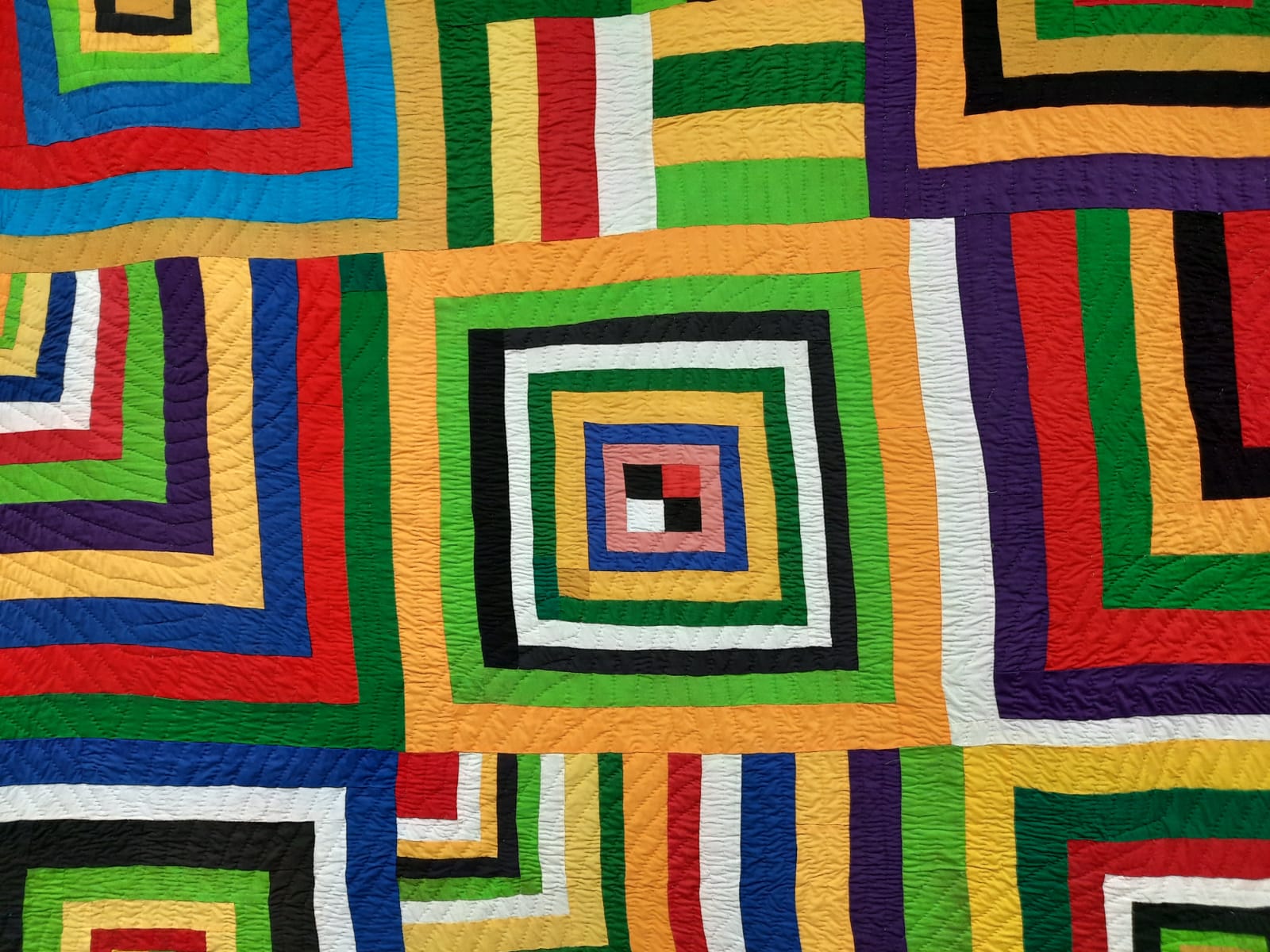

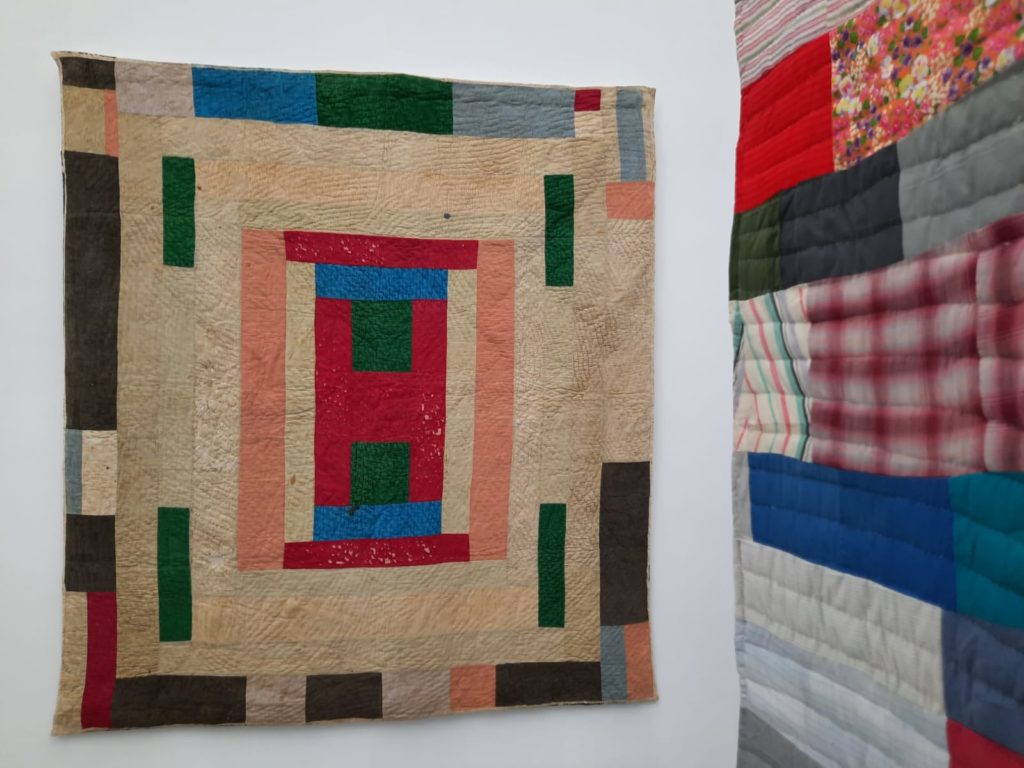
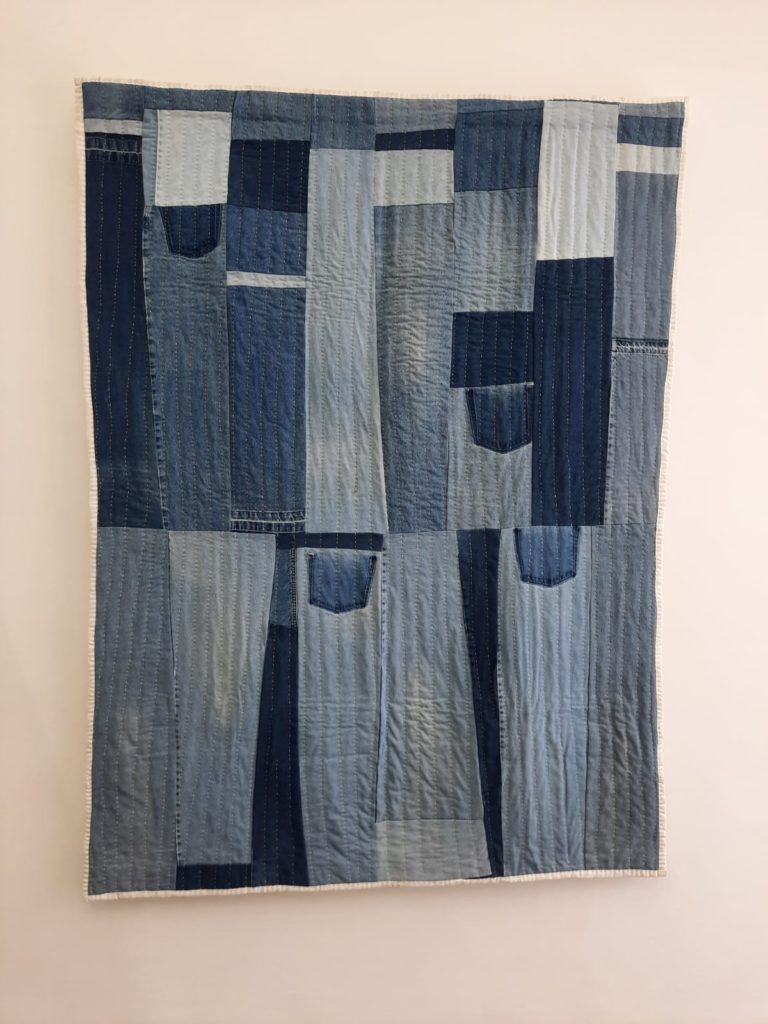
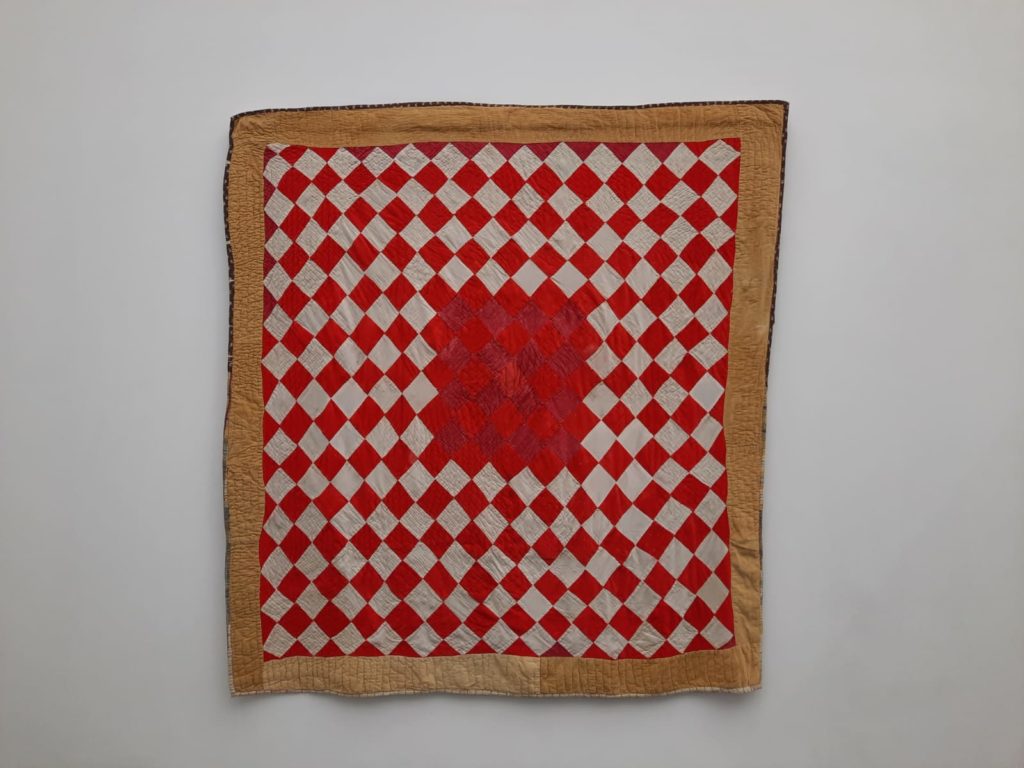

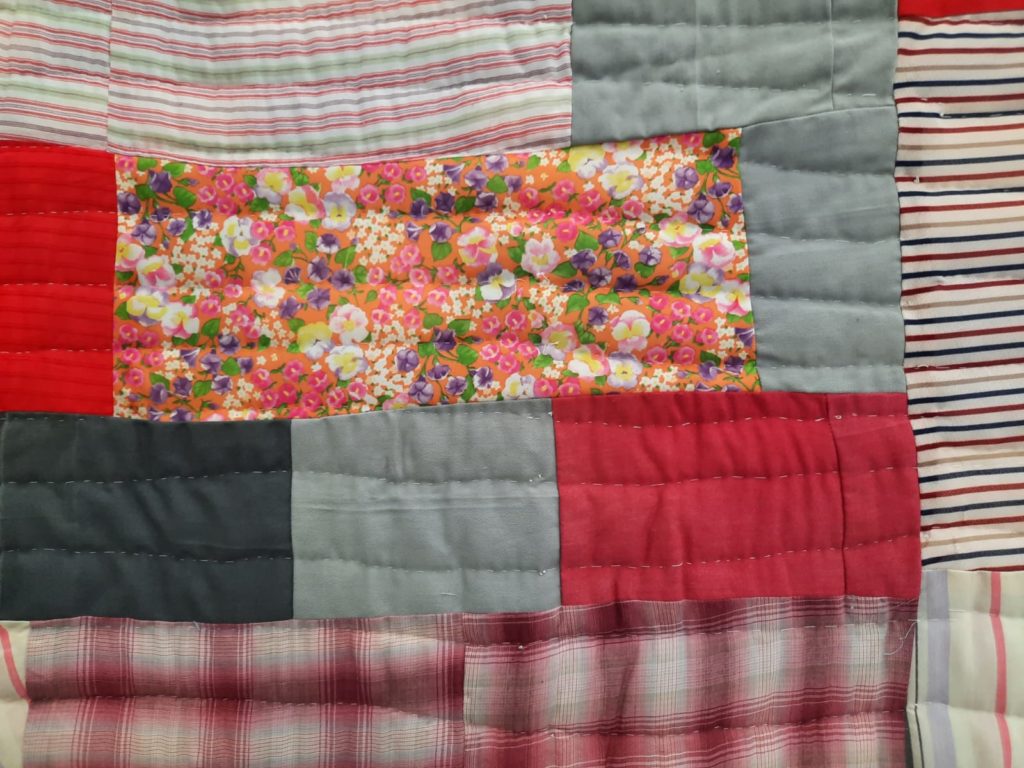
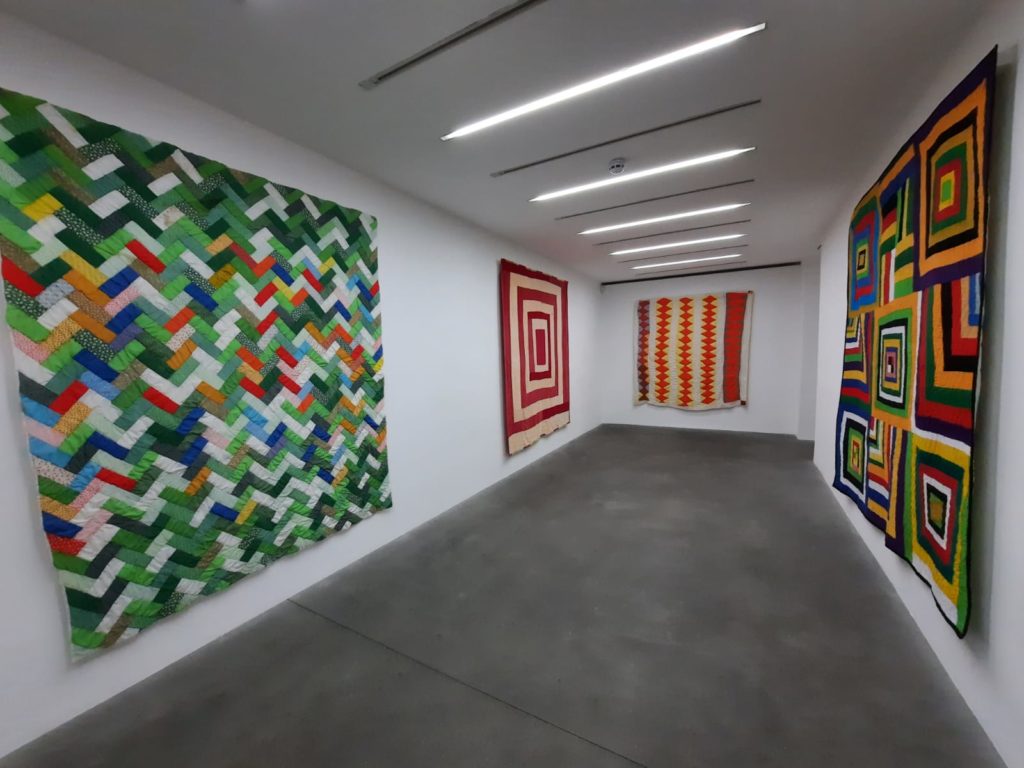
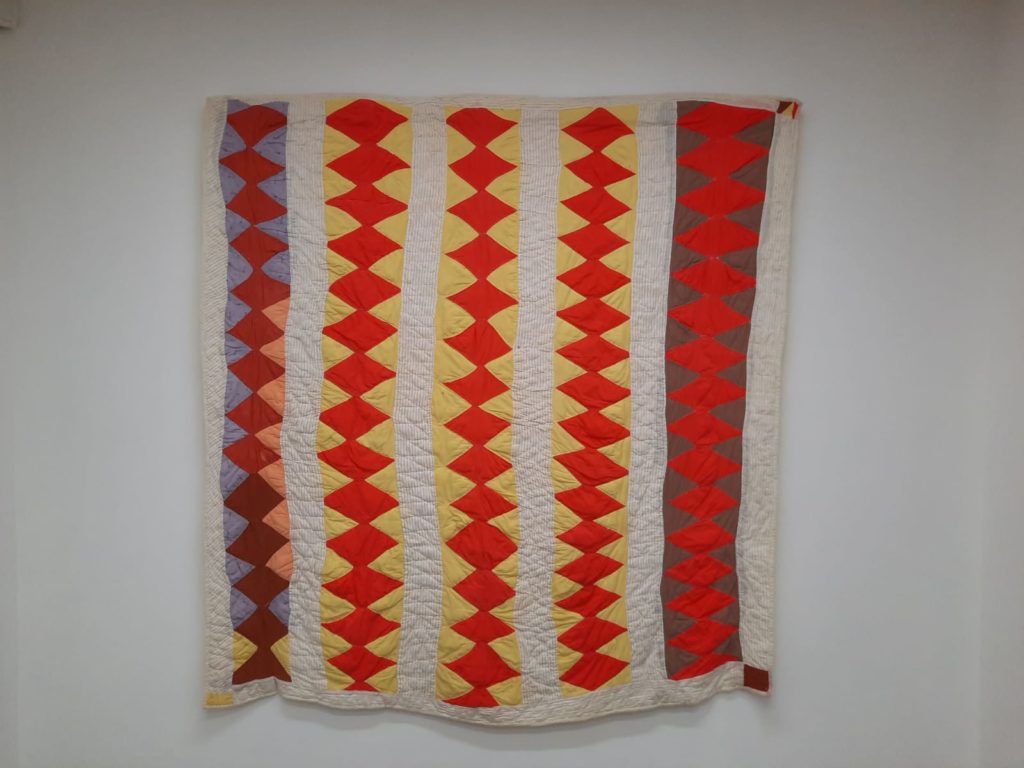
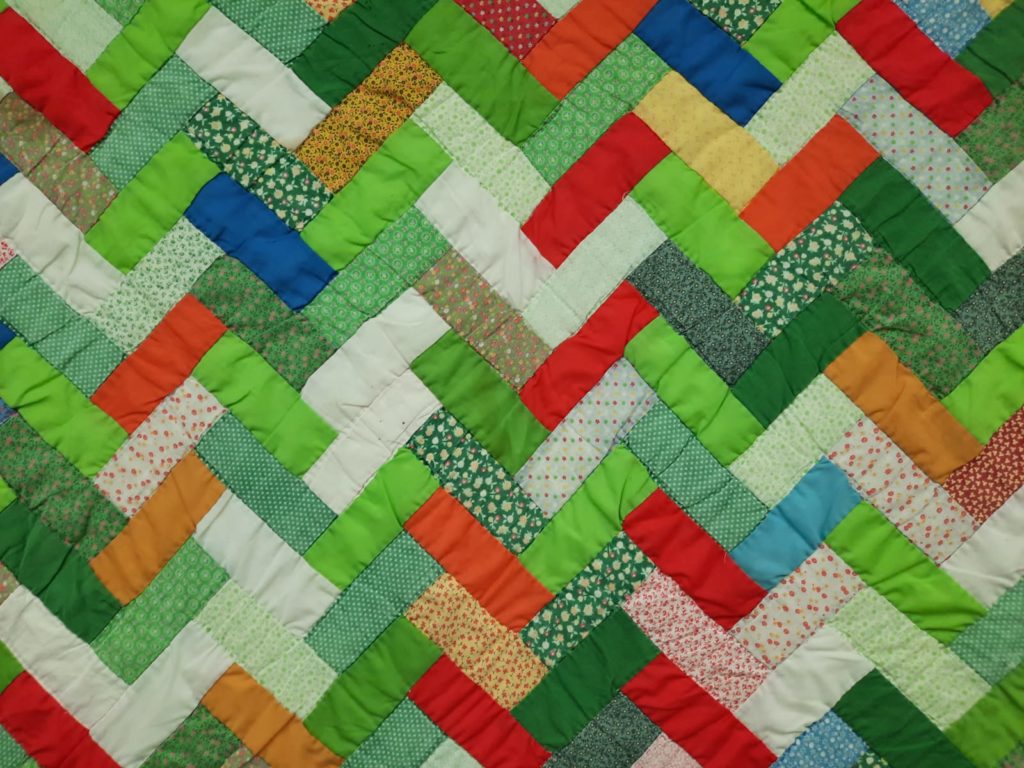
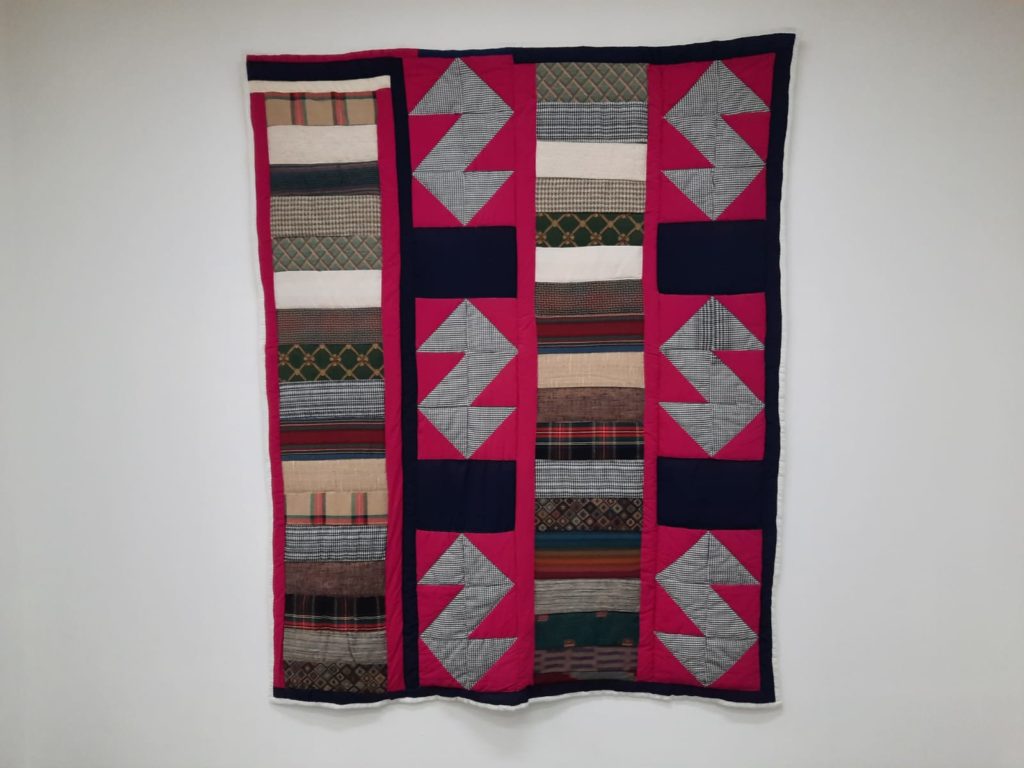

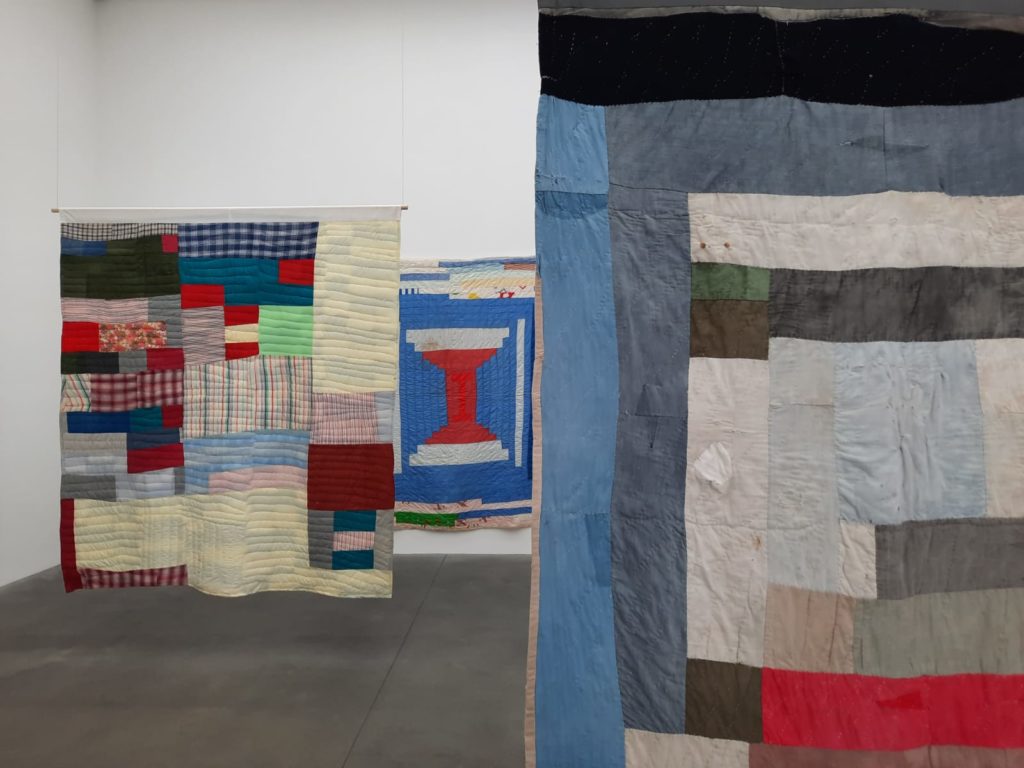
4 thoughts on “The Covid Diaries 60: Alison Jacques Gallery, The Gee’s Bend Quiltmakers (LAST CHANCE TO SEE)”